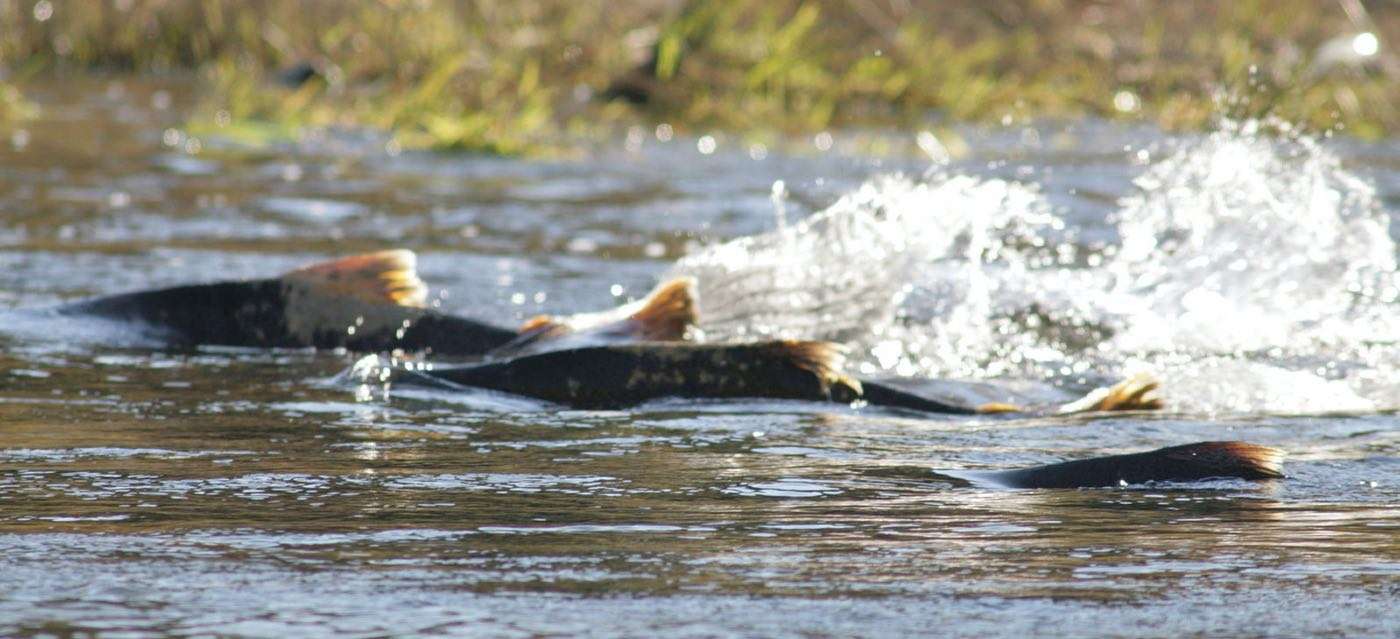Free Engagement Ring to Couples Who Include Cats in Their Plans for Wedding Proposal in December
Starting today, anyone planning to propose this December can privately share their engagement plans with the company for a chance to win.

In the Bay Area of California, home of San Francisco, San Jose, Santa Clara County, and Silicon Valley a famous Pacific resident is heading home for the holidays—up newly-cleaned creeks to spawn.
Who could have thought that the cradle of 21st-century civilization, with its problems and advancements, would have space for wild river ecosystems capable of supporting salmon runs?
But here they are, reports KTVU, as large as 30 pounds, as long as 35 inches, running up the Guadalupe River Watershed by the hundreds.
Creeks in San Jose like Los Gatos and Guadalupe nearly lost their native salmon populations as trash piled up on the gravel beds.
The South Bay Clean Creeks Coalition, a non-profit responsible for the salmon's return, removed 1.3 million pounds of trash from the creeks, from bottles and tires to cars and mattresses.
Researchers are now studying the animals and tracking their origin; hoping to answer whether they are native returners or hatchery strays.
MORE SALMON SPAWNING: Maine Sets Records for Atlantic Herring and Salmon Runs in the Penobscot River
"This year all the fish are just engorged. They're humongous," said Steve Holmes, executive director of the South Bay Clean Creeks Coalition. "It's a nice trend and I hope it will continue as we move forward."
Salmon will return from the ocean to the rivers, creeks, and eventually even the same tributary they were born in to lay and fertilize eggs on beds of gravel. Their bodies flush bright red and pink from the activity of their reproductive organs, making them easily spotted by bears and fishing birds like eagles and ospreys.
CHECK OUT FURTHER NORTH: Pacific Salmon Will Regain Access to Hundreds of Miles of Spawning Grounds as Historic Dam Removal Gets Green Light
They store large amounts of muscle and fat from their time at sea to use for the grueling trip upriver, and the fish tend to be battered and exhausted by journey's end. Most die after mating, but a few, typically the females, will live on to return to the ocean in January.
WATCH the story below from KTVU…
SHARE This Unlikely Habitat For These Superb Swimmers.
Be the first to comment